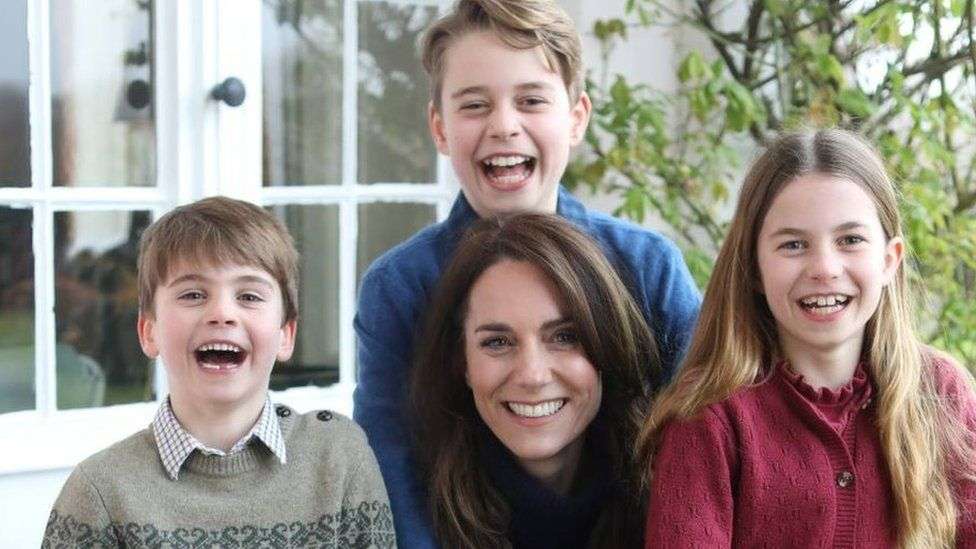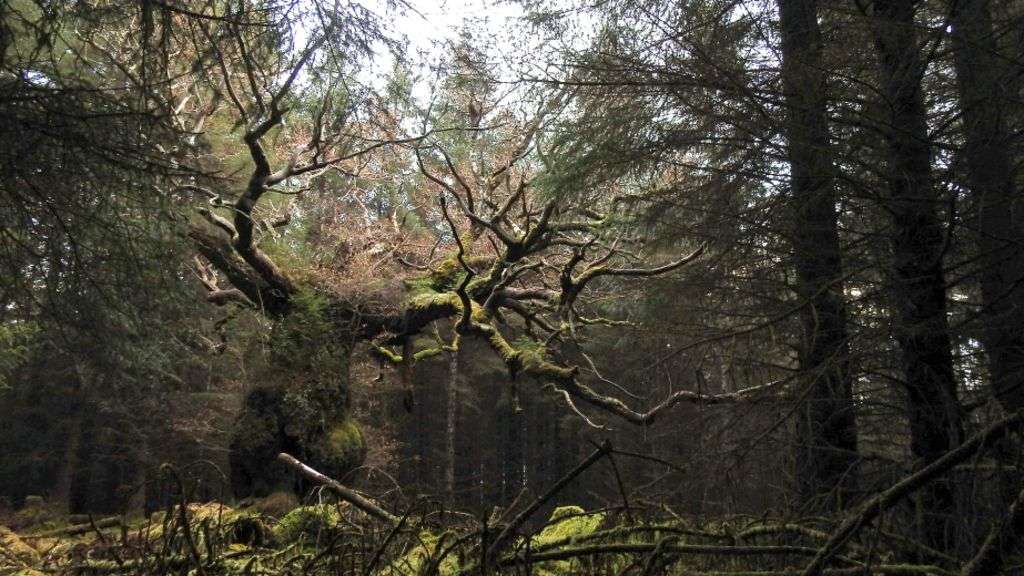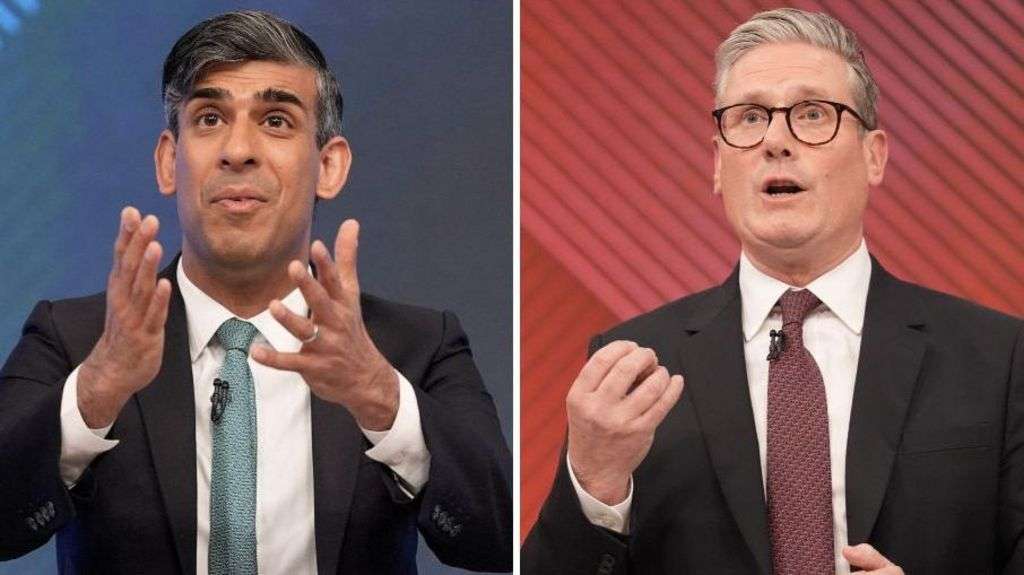The Princess of Wales has apologised "for any confusion" her Mother's Day photograph caused, after five agencies retracted it over editing concerns.
Catherine, in a statement posted on Kensington Palace social media, said: "Like many amateur photographers, I do occasionally experiment with editing."
The image, taken by the Prince of Wales, was the first of Catherine to be released since her surgery in January.
PA, Getty Images, AFP, Associated Press (AP) and Reuters had removed the image.
AP noted an "inconsistency in alignment of Princess Charlotte's left hand".
In her statement on X, formerly Twitter, Catherine said: "I wanted to express my apologies for any confusion the family photograph we shared yesterday caused. I hope everyone celebrating had a very happy Mother's Day. C."
The apology put on to social media comes from the official account of the Prince and Princess of Wales, but it has the personal sign off of "C", for Catherine.
It seems to be Catherine who is taking responsibility for the changes to the photograph, rather than the Prince William, who took the photo, or any of the wider team around the royal couple.
According to royal sources, there were "minor adjustments" made by the Princess of Wales to the picture that was put on to Kensington Palace social media.
Kensington Palace said it would not be reissuing the original unedited photograph of Kate and her children.
The picture shows the princess sitting down, surrounded by Princess Charlotte, Prince Louis and Prince George, the latter wrapping his arms around her.
It was the first official photo of the Princess of Wales since her abdominal surgery two months ago. Since then she has stayed out of the public eye.
The image was posted with a message from Catherine which said: "Thank you for your kind wishes and continued support over the last two months.
Kate picture heats up rumours instead of quelling public curiosity
Army removes Kate appearance claim from website
AA royal dilemma as public curiosity over Kate grows
"Wishing everyone a Happy Mother's Day."
The photo was intended as an "amateur, family photograph" released to mark Mother's Day, say royal sources.
The implication is that this was not a piece of professional manipulation, but some tidying up of a picture capturing a family moment.
Except that this was not just a personal picture, it was going to be shared with the world, against a background in which it would inevitably be seen as an attempt to stop the speculation and conspiracy theories about Catherine, as she recovers from an operation.
Instead of providing an answer to such rumours it inadvertently ended up raising more questions.
The photo will also raise the wider question of how media outlets should use images or social media clips which are produced without any independent journalists being involved.
The only previous photo of the princess since her operation was a paparazzi shot, which wasn't used by UK news organisations because of concerns around breaching privacy.
Five photo agencies retracted the image over concerns it had been "manipulated". The Associated Press issued a "kill notification" - an industry term used to make a retraction - late on Sunday, saying: "At closer inspection it appears that the source has manipulated the image. No replacement photo will be sent."
Reuters said it too had withdrawn the image "following a post-publication review" and AFP also issued a "mandatory kill notice".
Getty Images became the fourth organisation to retract the photograph. And PA said on Monday it had retracted the image, based on there being no clarification from Kensington Palace.
Most news organisations follow their own strict guidelines on the use of manipulated photographs, only using them when accompanied by an explanation that the image has been changed from the original.
News agencies, such as AP, therefore make a commitment to their clients that their photos are accurate and not digitally manipulated.
AP's rules only allow "minor adjustments" in certain circumstances, including cropping and toning and colour adjustments, as well as the removal of dust on camera sensors. It says changes in density, contrast, colour and saturation levels "that substantially alter the original scene" are not acceptable.








